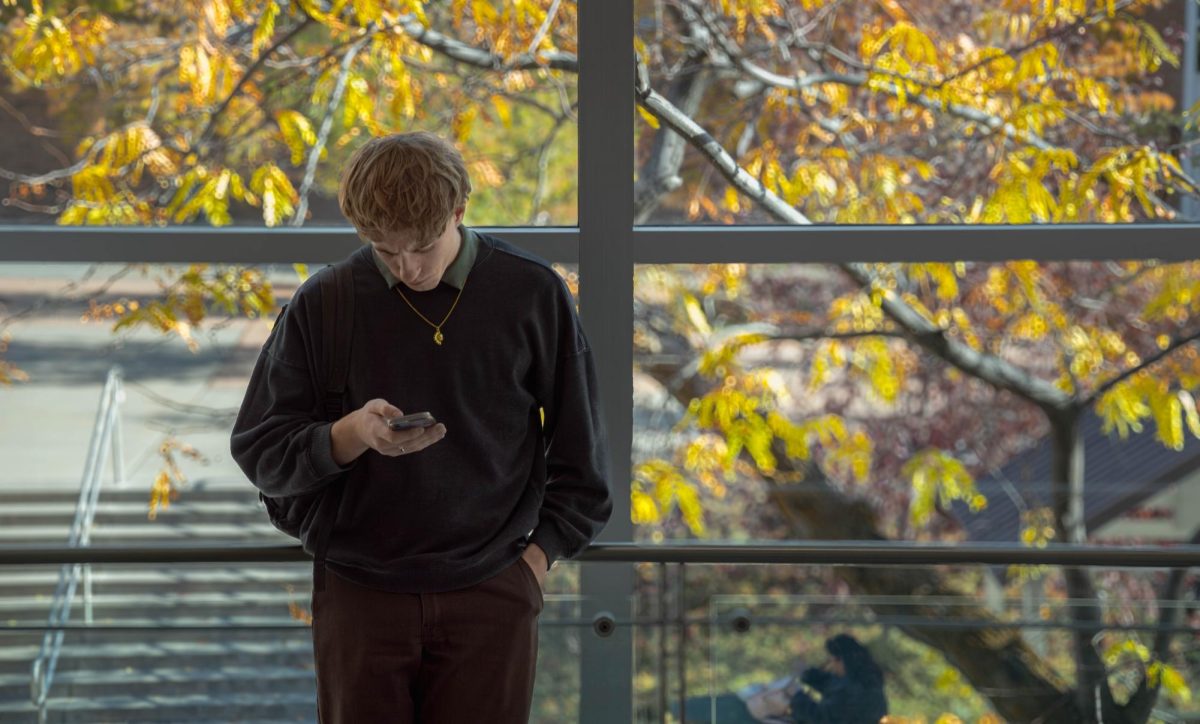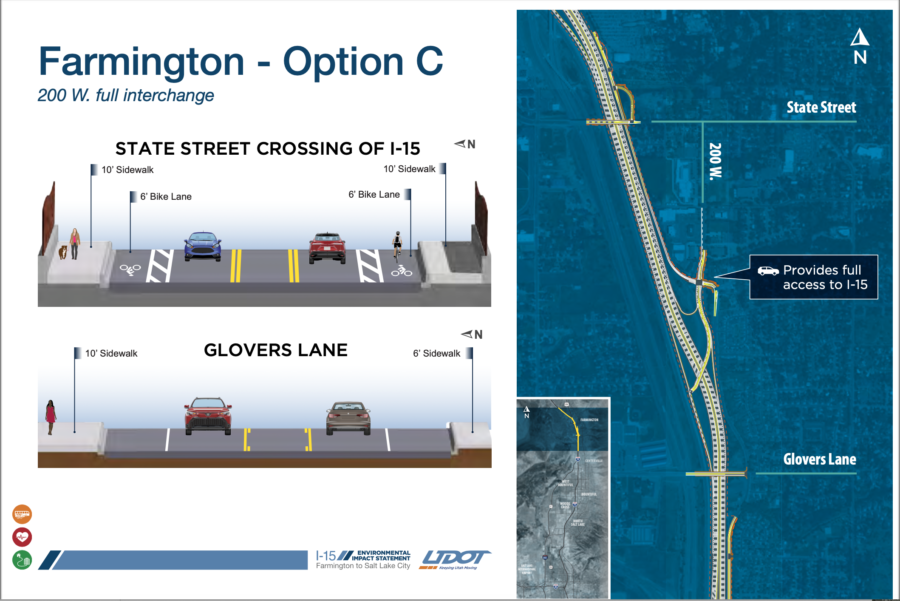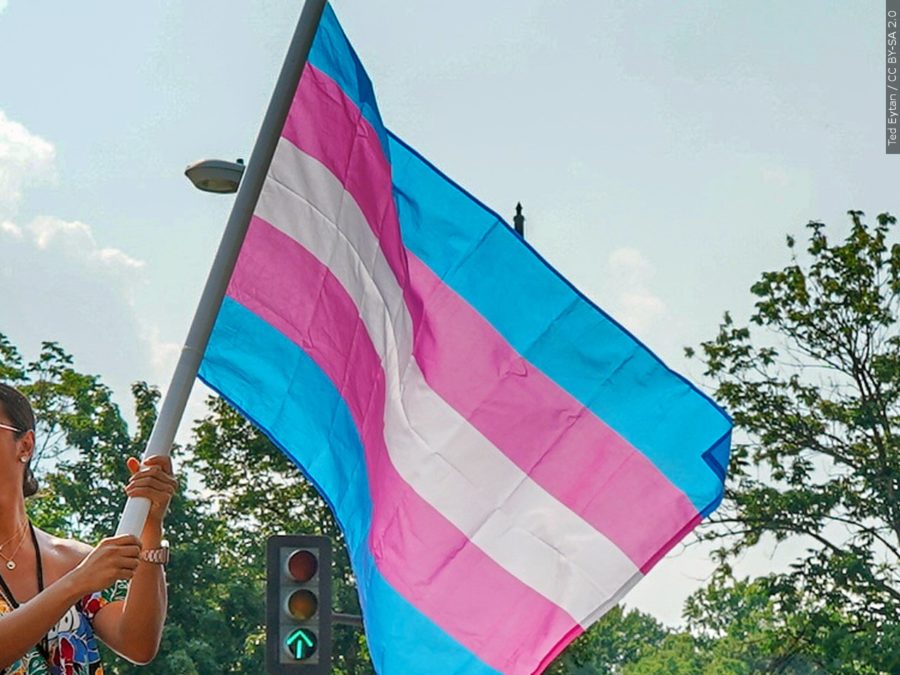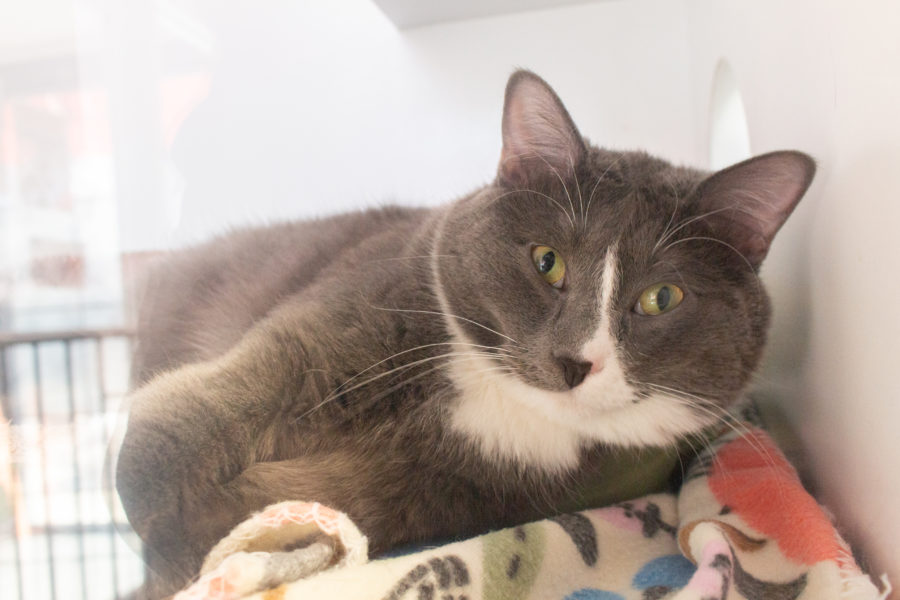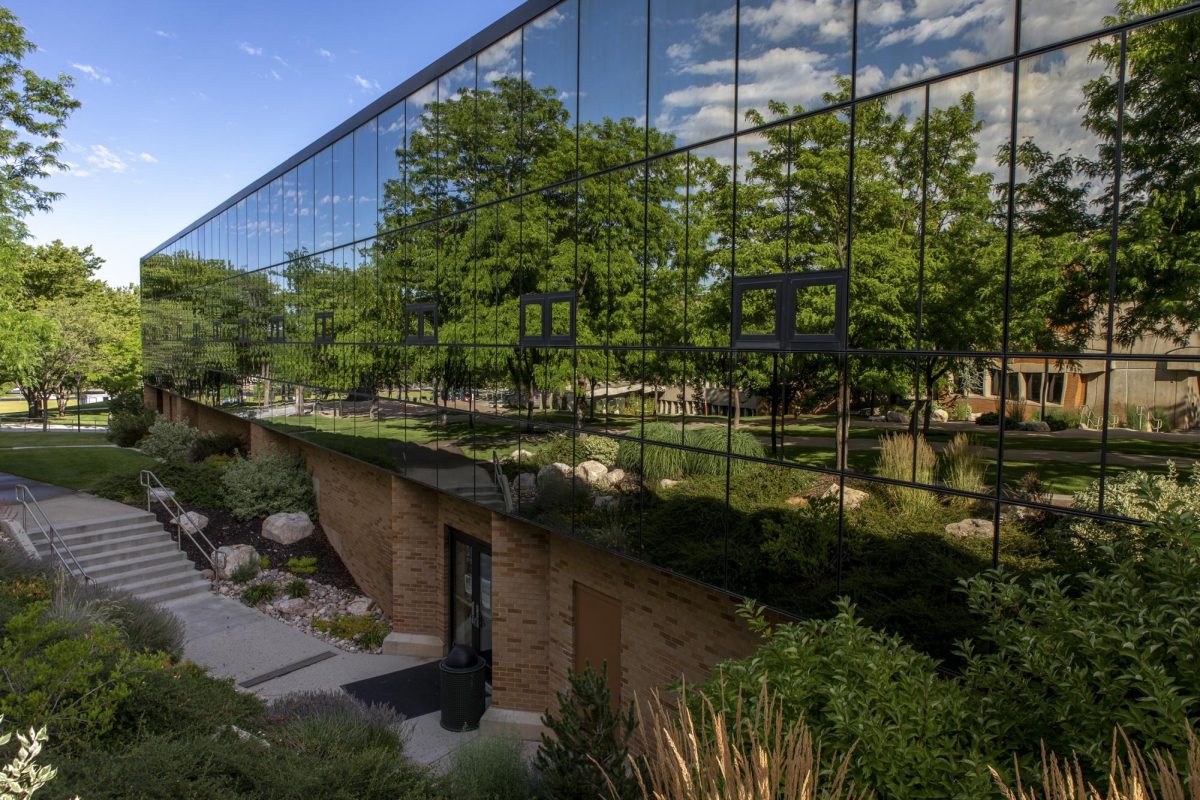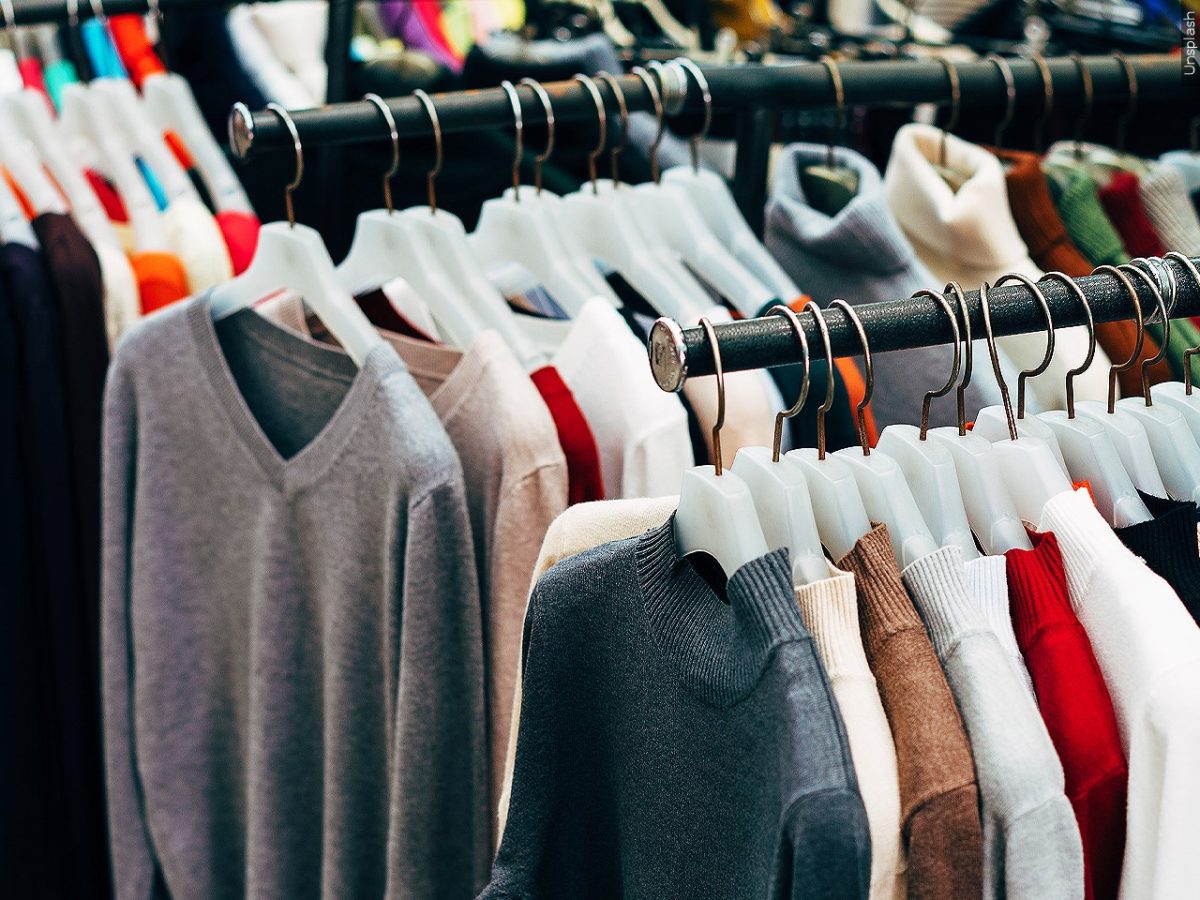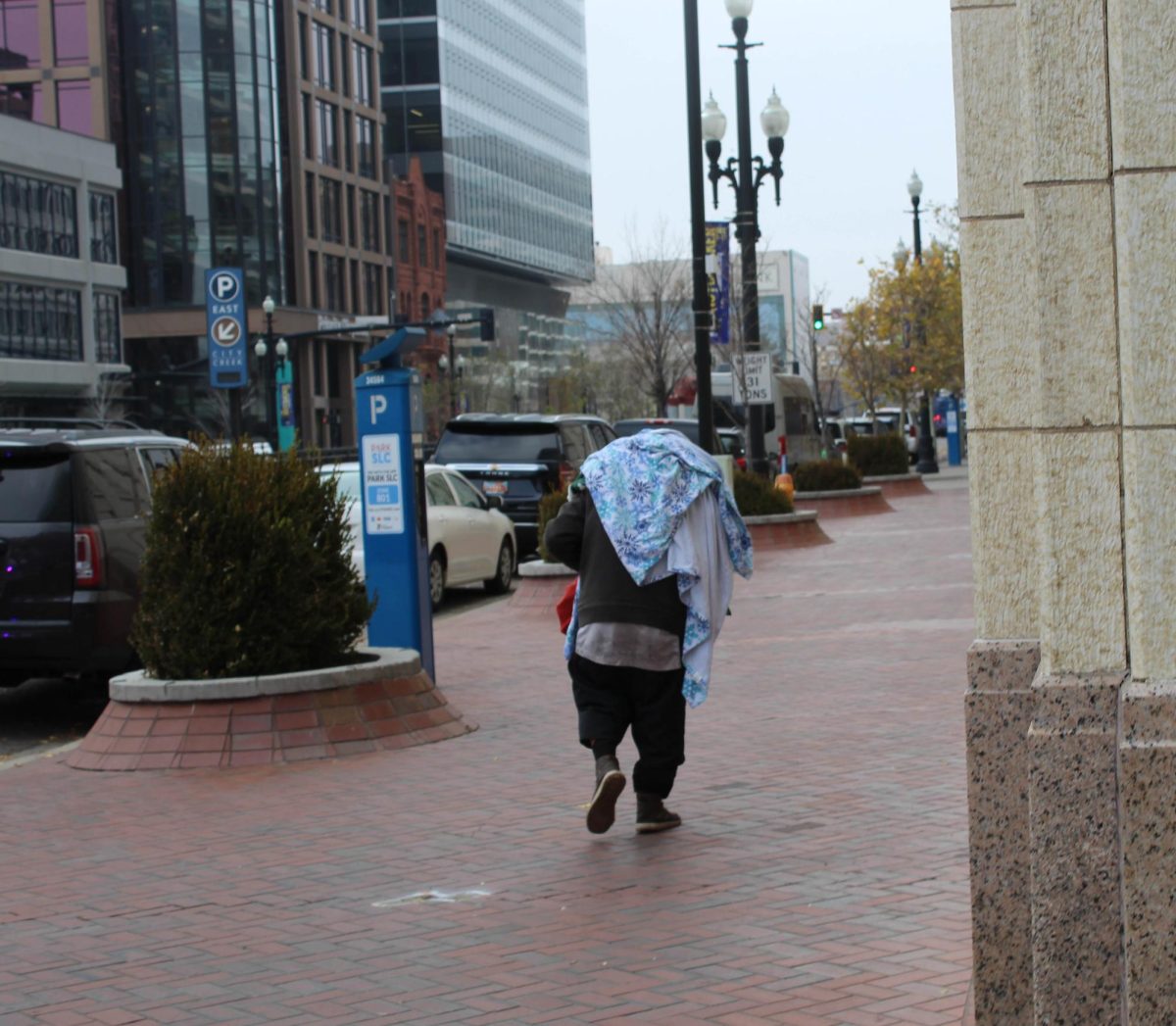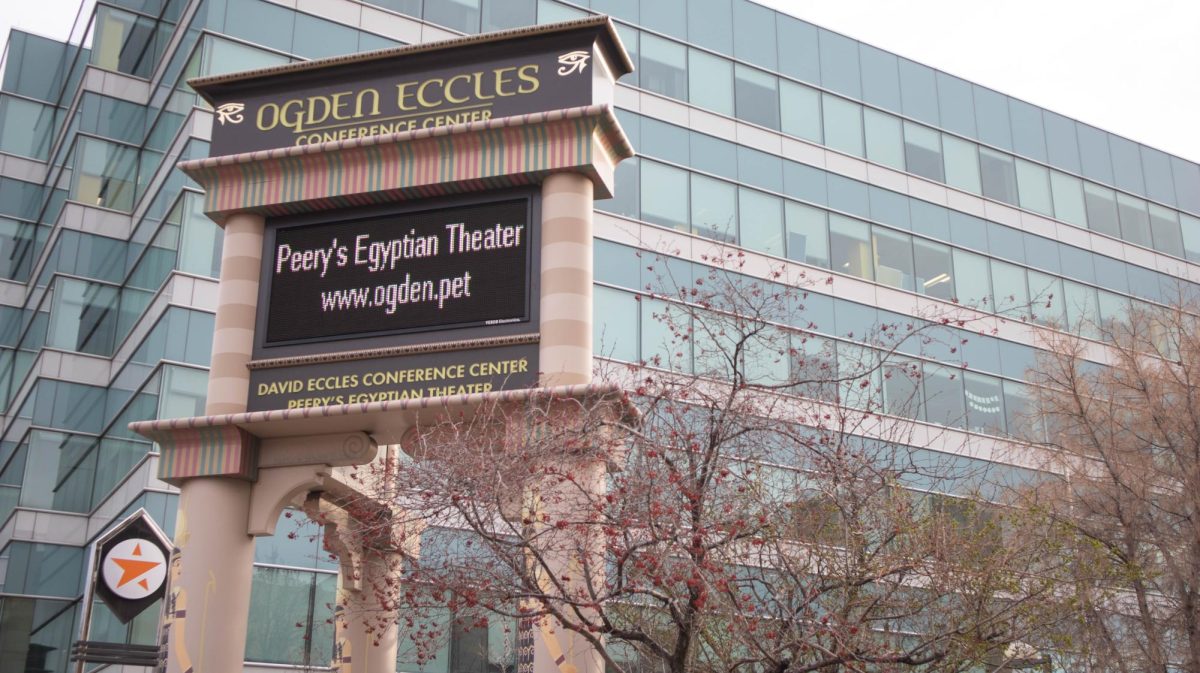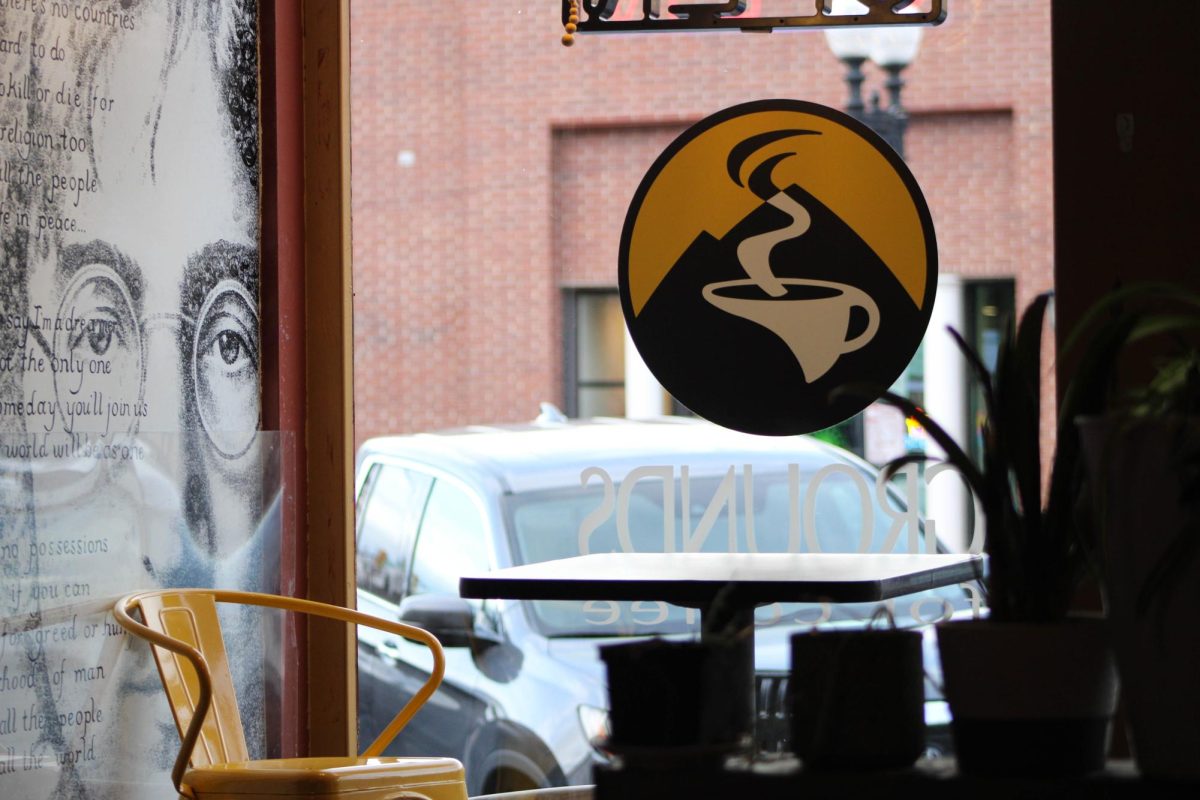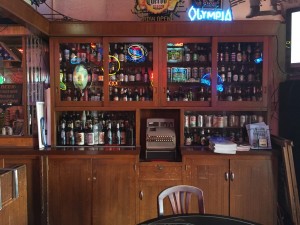Weber State University Provost and Vice President of Academic Affairs Ravi Krovi’s first weeks in his new position didn’t go as planned after COVID-19 reached Utah. During his second week, the university was faced with the decision to shut down campus in the middle of the spring 2020 semester.
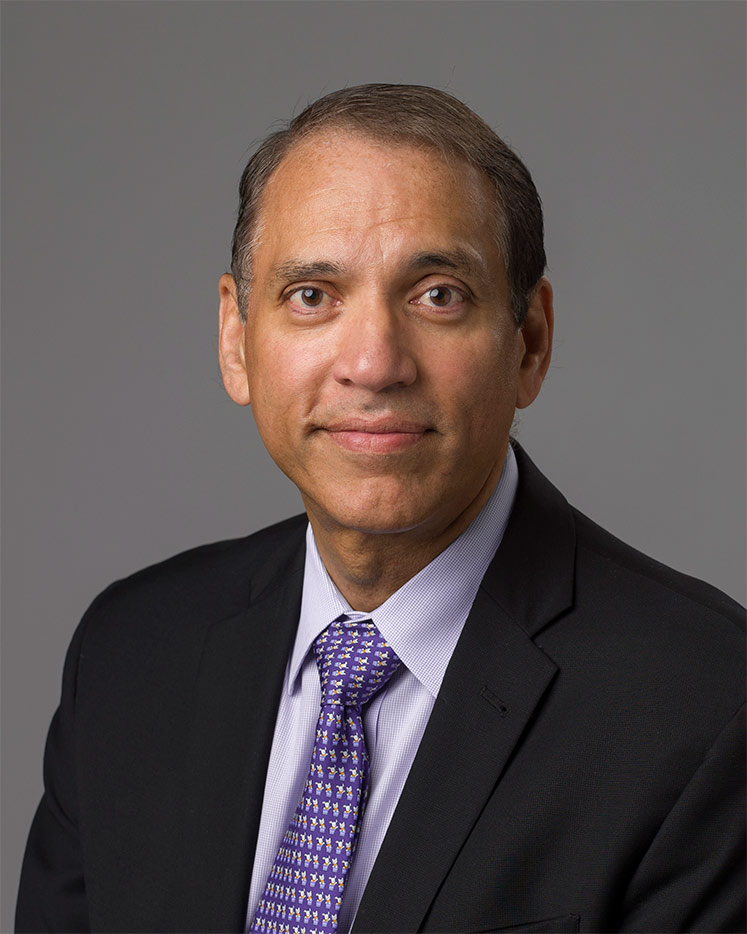
“My first day was March 2, right over spring break. The following week we got hit with the pandemic. So, one of the first things I had to do was to close the university,” Krovi said.
He said the decision to go digital with all classes in spring 2020 wasn’t an easy one, but faculty rallied together and were willing to jump in and do what needed to be done to keep educating students. The changes had to be implemented quickly since the semester was already in progress.
Campus courses had to change their entire curriculum to fit a digital platform, and hands-on classes had to find another way to teach their concepts. Both students and faculty have struggled to adjust to the changes.
“You have an excellent faculty, but they are used to teaching a certain way,” Krovi said.
On-campus students were used to being in a more intimate, interactive setting where they could ask questions and discuss the material they were covering. That was difficult to replicate in an online setting.
“It was a bit of a disaster,” adjunct communications professor Matthew Gerrish said of his Interpersonal and Small Group Communication course.
The class is centered around small groups working together through the Center for Community Engaged Learning (CCEL) on a service project. During the 2018-2019 school year, CCEL students contributed 132,626 hours with 4,130 students involved in the community. In 2020 they reported having 233 community-engaged learning classes and 91 community partners.
“I had to put an ax on the service group projects,” Gerrish said.
He believes much of what makes that class successful is the face-to-face communication and interaction that happen during the group projects.
Instead of community projects, groups had to write a position paper on a community issue that was important to them and send a letter to their local city council, city legislator or whomever seemed relevant to the issue.
Gerrish understood the necessity of the safety measures to avoid exposure to the virus, but he’s concerned that students didn’t take away as much from his class with the changes he had to make.
He believes nonverbal communication is a critical part of what students learn to respond to in class, and that’s something that he hasn’t figured out how to put into a digital classroom.
WSU President Brad Mortensen agreed community-engaged learning has been impacted by the pandemic and said the university is working to keep up their relationships with their community partners.
Mortensen said other hard-hit areas have been athletics and clinical settings for health professional students. He said they are still trying to work through those issues on a case-by-case basis.
Michael Olpin, professor of health promotion and the director of the WSU Stress Relief Center, taught several of his courses online before the pandemic, but his Wellness Coaching course has always been done on campus. He said it is a class where students learn skills they have to practice in person.
Olpin has been working to create a hybrid format where he can do the virtual lectures and also give the on-campus experience students need. Despite exploring several options, he hasn’t yet figured out how to reopen the Stress Relief Center and it will stay closed for fall 2020.
Olpin is concerned about making sure students get the education they paid for.
“They’re expecting a good experience, and you don’t want to let them down,” he said.
This is also a concern shared by Mortensen.
“Weber State University has always prided itself on being able to have that personal interaction to help students who might fall through the cracks someplace else because they don’t have that personal interaction,” he said.
The university surveyed students in May and asked what students wanted to see happen with their fall classes. Many respondents answered they wanted to resume face-to-face classes. An almost equal number of students wanted to keep their courses online.
While many students want to return to campus, along with faculty who feel their courses can’t be done virtually, other faculty members are hesitant to come back to campus until the pandemic subsides because of their risk factors. Based on the results of the survey and feedback from faculty, the university looked at how they could safely bring back students.
The university started by creating the COVID-19 Taskforce to collaborate with state and health department leaders to lessen the impact of the virus as the campus reopens in stages. The university is proceeding with caution so that they can take a step back if needed with minimal impact on students if the number of cases went up in Utah.
“It really can’t be a one-size-fits-all model,” Mortensen said. “Each area needs to customize what works best for them and work with our COVID Taskforce.”
Those faculty who prefer to keep their classes online will be able to. Mortensen said the university has worked to accommodate both students and faculty because no two people have the same circumstances.
“We’ve tried to take the approach of being very flexible and having a lot of options and give people the chance to make choices for what fits their situation best,” Mortensen said. “We’ve learned that we can be a lot more flexible than we ever thought we could in the past.”
Mortensen believes the quality of online instruction will be higher across the board for fall.
“Faculty have had time to rethink their curriculum and how they present topics,” he said.
Besides providing training and resources to faculty to improve their online curriculum, Krovi said many faculty members took advantage of the offering of an experiential learning grant. To qualify, faculty had to find creative ways they could teach experiential things, such as dance and science labs.
While campus will be reopened fall 2020 semester, it will look different than past semesters. Mortensen said about 8,000 students are registered for face-to-face courses, whereas normally that number would be closer to 20,000. This will allow social distancing protocol to be in place with fewer students in the classroom. A classroom that once accommodated 50 students will now only hold 20 students.
With 65% of courses being taught virtually, the challenge has been put to teachers to make those courses personally engaging. The Goddard School of Business and Economics has accepted that challenge and wants to make sure their students have what they call a High Impact Education Experience throughout the pursuit of their degree.
Last year, 80% of business classes were taught on campus. This fall the percentage will be 11%. Niki Tonks, Economics Marketing Manager, said teachers are working to give that personal touch, be engaging in their environment and be supportive of their students. They want to make sure they are doing what they can to better serve their students.
Director of of the Goddard Career Services, Brett Merrell, believes the one positive thing to come out of COVID-19 is that it’s forcing faculty and staff to step forward and leverage the available technology.
“I think it’s pretty amazing how Weber State has adapted to the needs,” Merrell said.
Krovi agrees that the university community has met the challenges head-on. “I think the biggest thing that I’ve gotten out of this is that I’ve found the Weber State University community is incredibly passionate and incredibly collaborative.”








